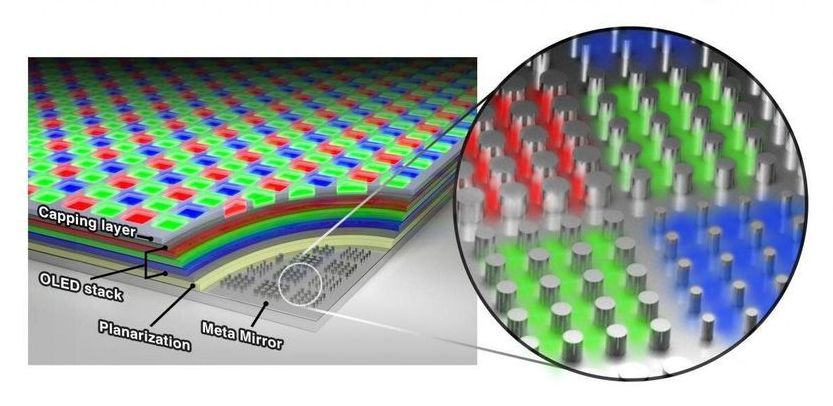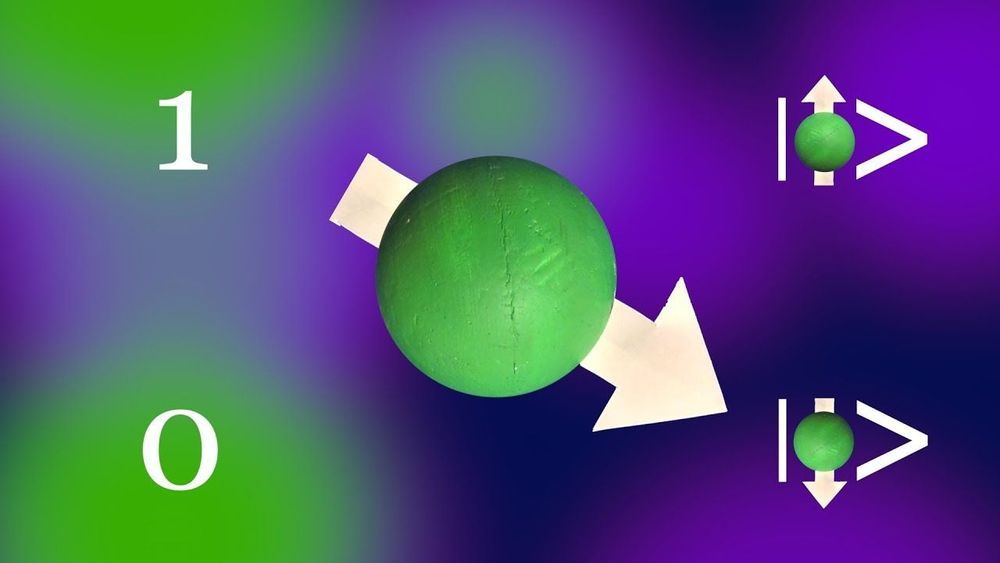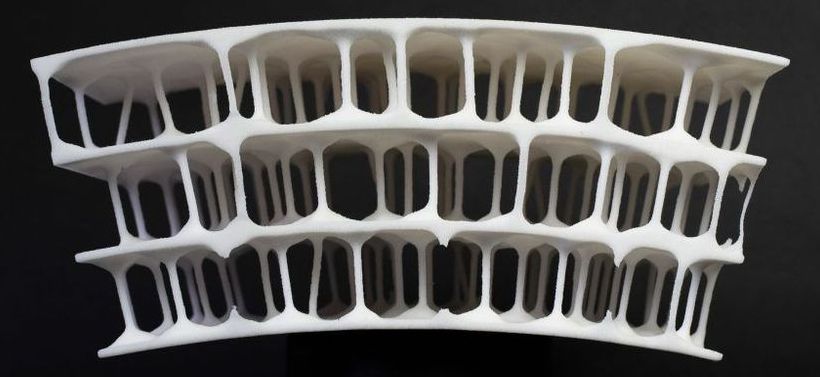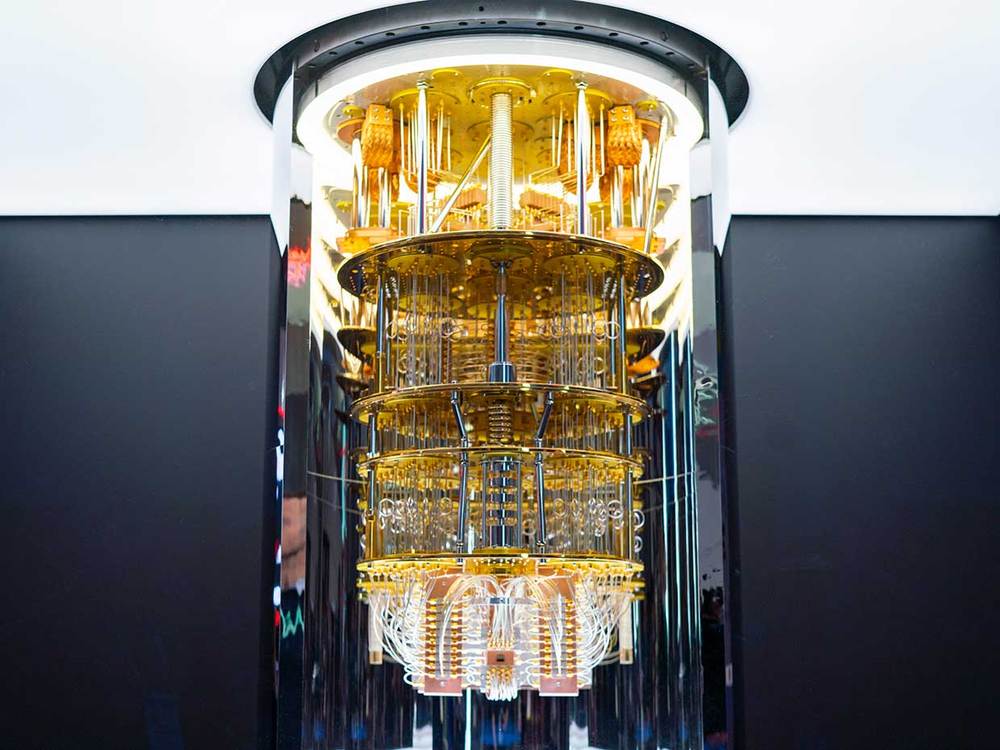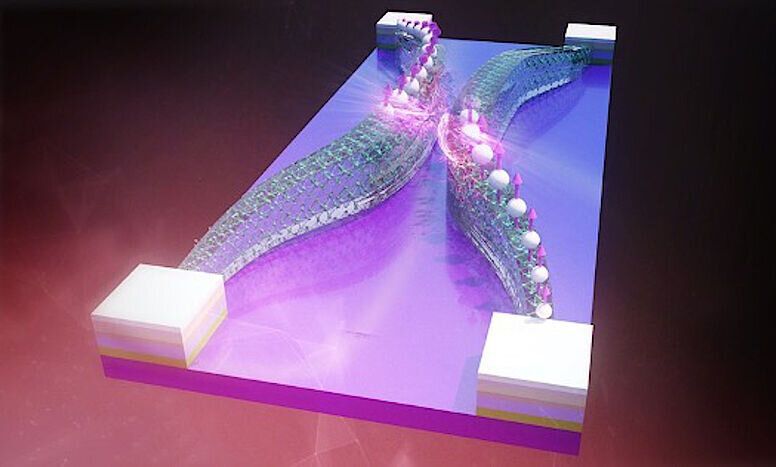Attention readers, if you are using Google Chrome browser on your Windows, Mac, or Linux computers, you need to update your web browsing software immediately to the latest version Google released earlier today.
Google released Chrome version 86.0.4240.111 today to patch several security high-severity issues, including a zero-day vulnerability that has been exploited in the wild by attackers to hijack targeted computers.
Tracked as CVE-2020–15999, the actively exploited vulnerability is a type of memory-corruption flaw called heap buffer overflow in Freetype, a popular open source software development library for rendering fonts that comes packaged with Chrome.

